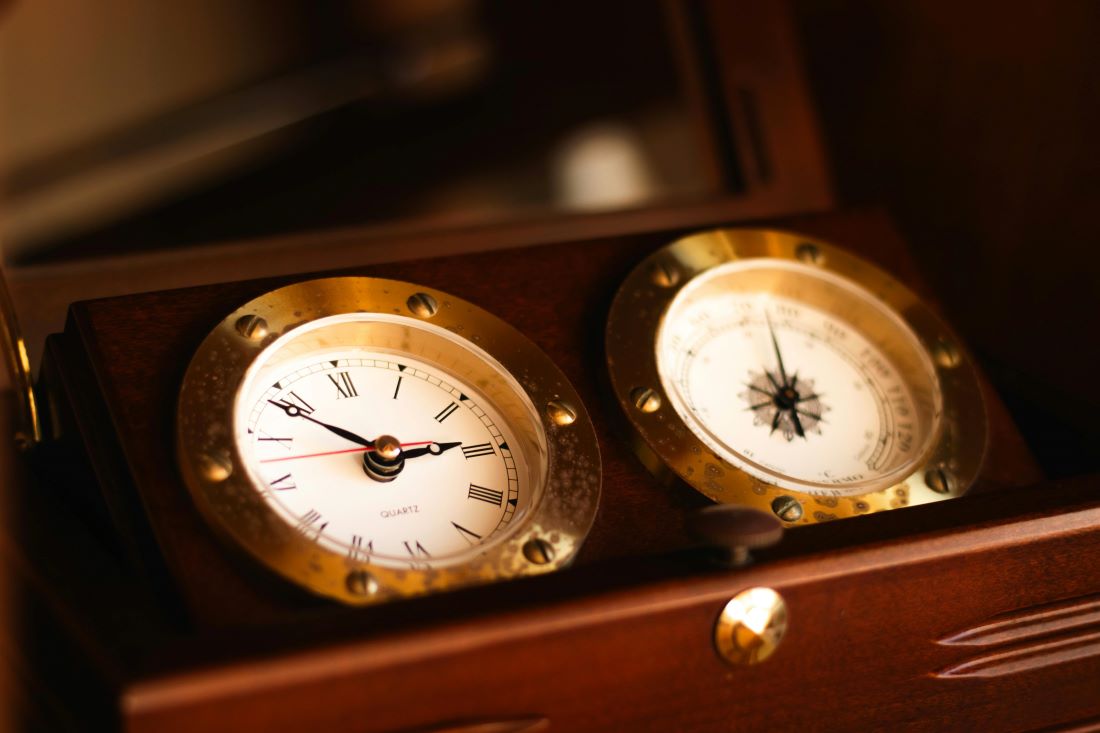Home theatres are defined differently by various people. Some people upgrade the sound system in their living area and use it, while others designate a specific area as a home theatre. Whatever the home theatre power manager configuration, the power supply must be prioritized in any home theater setup. Good home theatres are adored by all. It elevates the experience of watching a movie with AR glasses to a new level, all in the convenience of your own home.
However, you must purchase pricey devices in order to have that experience. The power manager serves two purposes: it safeguards the system from power surges and improves system performance by distributing AC power equally and enhancing electricity quality by filtering out low-quality power. Additionally, it gets rid of the noise your system makes.
Before choosing a home theatre power manager, you should learn all the available information. Everything you require to know will be covered in this guide so that you can decide whether or not to purchase one in the future. You can plug all of your devices into one location with the help of power management. Additionally, you won’t need to scatter numerous power strips throughout the space.
Features of a Home Theatre Power Manager
An efficient management of the power supply used by the home theatre is facilitated by a power manager. It manages the input supply of power. Thus, it completely eliminates the risk of electrical disturbances.
The following are the features of a best home theatre power manager:
- Ability to control and manage power usage of home theatre components
- Automatic power-off and power-on capabilities
- Energy-saving modes
- Remote control or smartphone app for convenient use
How To Choose The Right Home Theatre Power Manager
Budgeting is always the main consideration for purchases, but it also has another aspect. First, think about how expensive or inexpensive your home theater is, and then decide how much you want to spend based on its value. Many affordable items between $100 and $150 have very few outlets and significantly better performance.
A good power manager for home use may cost between $500 and $1,000 and secure your home theatre while isolating the majority of the noise. Equipment that costs more typically has superior quality. While evaluating a product’s quality, there are some factors to take into account.
First, make sure there are enough outlets for your use on the power conditioner. In order to judge the quality of the product, you can also take into account its noise filtration rate. Size, ease of use and installation, compatibility with home theatre components, outlet placement, brand reputation, and customer support and requirements should all be taken into account.
Having more power outlets is usually desirable to support the future installation of more devices. The power managers often have six to twelve outlets, which is an even number. The positioning of these outlets is crucial since different appliances frequently support several adaptor plugs. It could be challenging to insert the plug into an outlet beside the one that has a plug already in it because of size variances.
Best Home Theatre Power Manager
Following are the top choices for a power manager for your home theatre:
Panamax MR4300 Power Manager
It is ranked as the top home theater power manager overall. Although it costs a little more than average, it offers many functions. The voltage is automatically monitored by it. Your home entertainment system benefits from the filtered electricity it provides by being shielded from harm. The power management features a linear filtration circuit as well as two separate high-current power banks. By filtering the AC bandwidth signal, unwanted noise is removed and cross-contamination is avoided.
Brand: Panamax | Price: $389.95
Panamax M5400-PM 11 Outlet Home Theater Power Conditioner
The best home theater power conditioners are made by Panamax, along with Royal. They sell affordable power conditioners that shield your home theater system from surges in real time. In your home theater, you’ll get the finest surge protection, voltage management, and extended life in the business. Its futuristic design outperforms that of its rivals. Outgoing and incoming voltages and currents are continuously inspected by automatic voltage monitoring (AVM). When linked appliances detect even the slightest interruption in the voltage supply system, they automatically turn the power off.
Brand: Panamax | Price: US$489.94
Pros of Using a Home Theatre Power Manager
The advantages of home theater power managers are numerous. Let’s quickly go through their main benefits.
- Power management can clean the energy, which can enhance audio quality. These can improve audio quality by filtering excess noise and interruptions
- Enhanced protection of home theatre components
- Extreme Voltage Shutdown, or EVS, is a feature integrated into home theater power managers. They are informed of high- or low-voltage incidents through this.
- Simple control of multiple components
- Improved energy efficiency and cost savings
Cons of a Home Theatre Power Manager
Following are the disadvantages of a home theatre power manager.
- There’s no denying that these home theater systems are pricey. One well-known drawback of the home theater power conditioner is that it is much more expensive than a surge protector.
- No USB charging port in some devices like Panamax Mr4000 8-Outlet
FAQs
What is a power manager for a home theater?
You can use a home theater power manager to distribute power and give surge protection to all the various devices in your home cinema system. You may save expensive and high-end powered equipment by installing a home theater power manager at your home theater system or place of business without having to worry about power surges, power outages, or voltage drops.
Are home theatre power managers worth it?
People who have never experienced power outages or lightning surges are the only ones who believe they don’t need power management. While high-quality systems are priced at several thousand dollars, many affordable options are available. Therefore, preventing any faults or troubles with these home entertainment systems will be more important to you.
What is the best power supply for home theater?
The top 5 home theater power conditioners are mentioned below.
- Furman Power Conditioner (SS6B) Black
- Panamax M5400-PM
- Vertex Vt1512-IP Vertical Power Conditioner
- Panamax MR4300 Power Manager
- Furman P-1800 AR High-End Home Theatre Power Conditioner
Is a power conditioner necessary for a home theater?
Power conditioners are a necessary addition to your home theater power management system as they protect against surge voltages and offer AC power filtration to improve the sound and image performance of your home theater system. When there is poor electricity, it becomes vital in isolated locations and during thunderstorms. Power conditioners are intricate machines. In addition to having various other features and serving different purposes, they provide greater protection than surge protectors.
Conclusion
The purpose of home theater power managers is always to shield all of your electronics from power spikes. When viewing TV, they also remove extraneous noise to provide a clearer sound. A surge protector costs less than a power conditioner, which is more expensive. Voltage spikes can harm your equipment, but a power conditioner guards against them.
Despite having different uses, both are efficient. For delicate equipment, a power conditioner is preferable to a surge protector, which guards against wider-ranging voltage spikes. Home theater power managers are widely available, but the ideal ones for your requirements can differ greatly regarding their functionality, aesthetics, and cost.
Therefore, do your study before selecting one and think about the kind of home theater you want to create. In order to effectively eliminate the possibility of home theater systems being harmed in the event of frequent power surges in your area, they are crucial for voltage monitoring and regulation.




